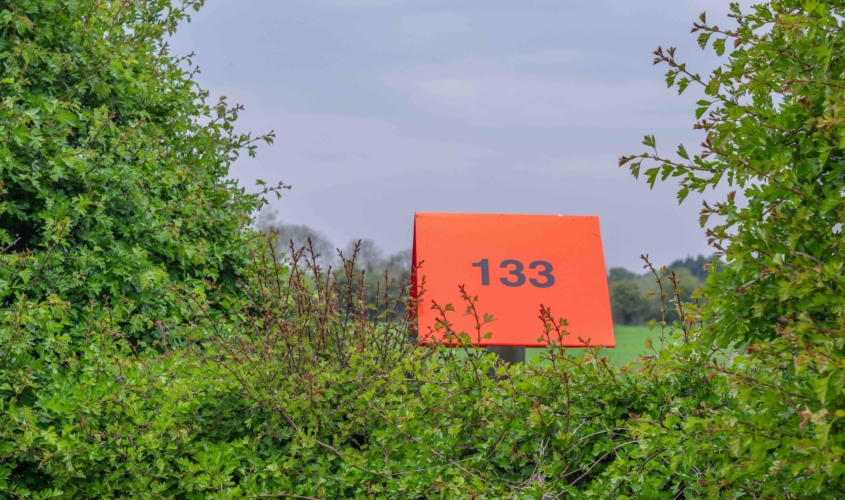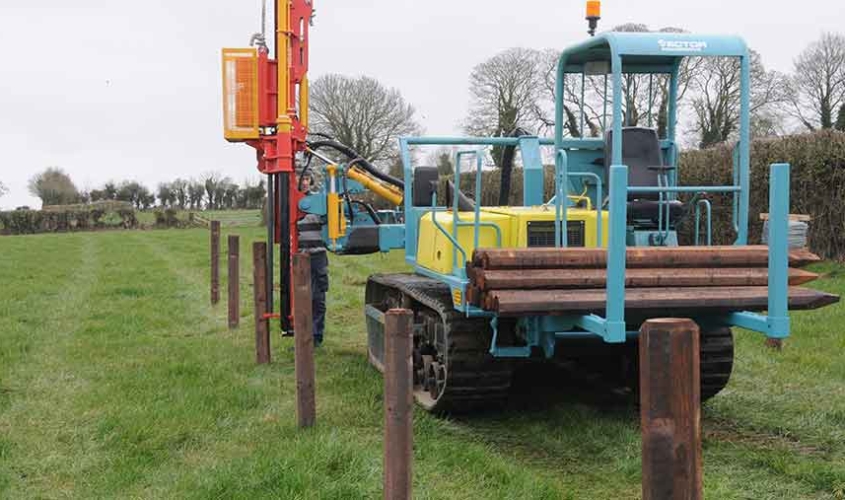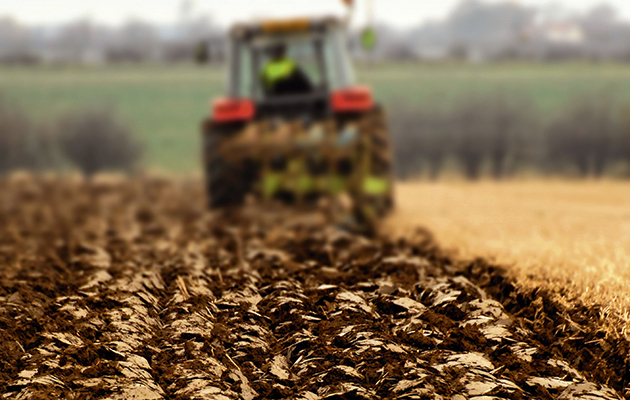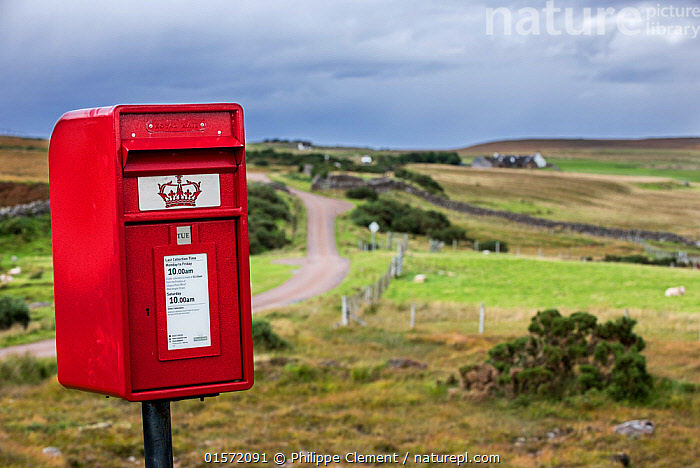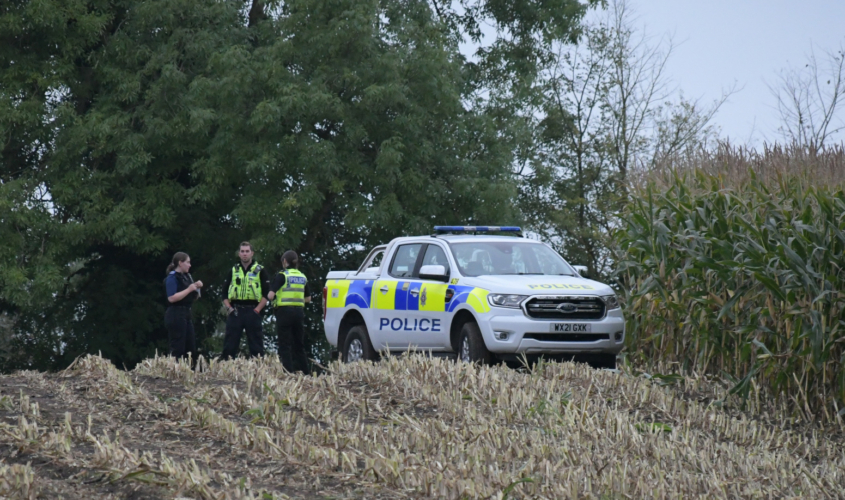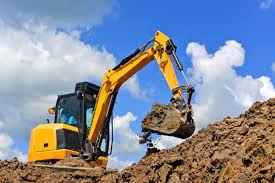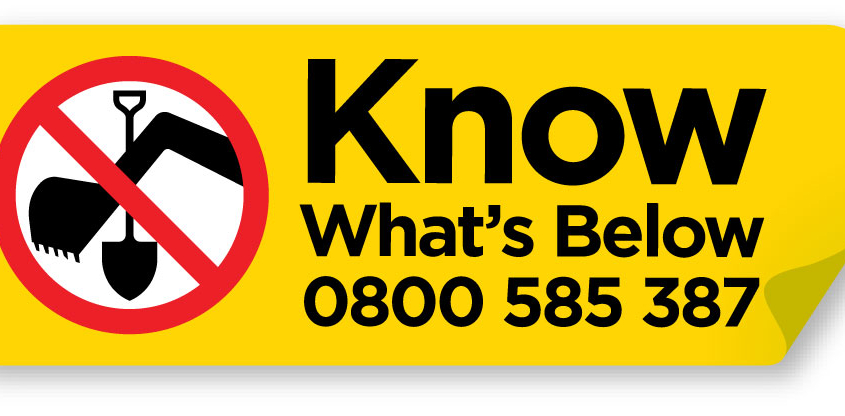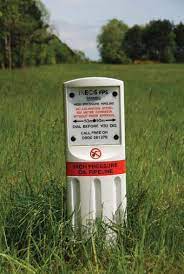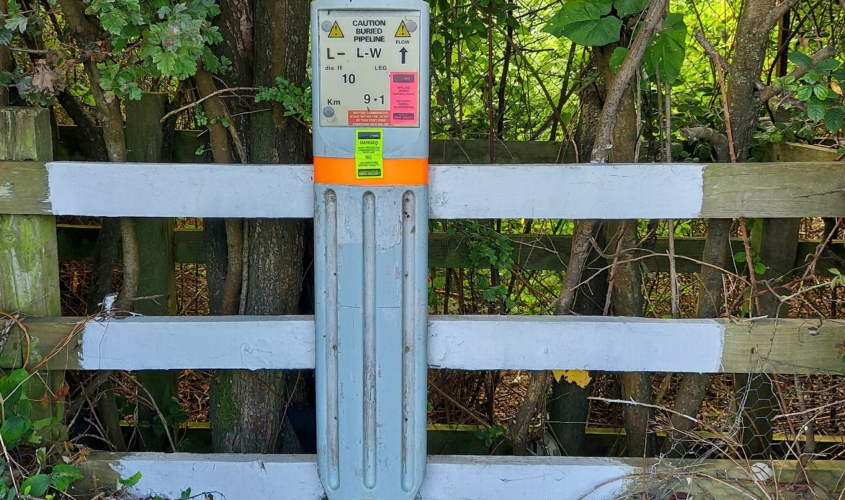Every two weeks, BPA takes to the skies to monitor their pipeline network to ensure the continued safety and integrity of the network. Covering an impressive 800 miles, BPA’s experienced contractors conduct aerial patrols along the entire route — a key part of our ongoing commitment to protecting the pipeline, the people living and working nearby, and the environment.
Why We Patrol the Pipeline
These regular flights to monitor the pipeline network serve an essential purpose. From the air, our wider team can spot early signs of potential risks or issues that might not be visible from the ground. They’re trained to look out for:
- Unauthorised works — such as digging, construction, or development near the pipeline without proper permission.
- Activities that could pose a safety threat — to the pipeline, the public, or the surrounding environment.
- Changes along the route — including land movement, erosion, or other environmental factors that could affect the pipeline’s integrity.
By catching these issues early, BPA’s Lands team can respond quickly — often before a problem even develops.
Supporting Landowners and Communities
We understand that landowners and developers may need to carry out work near a pipeline from time to time. That’s why the BPA Lands Team is always available to offer expert advice and support. Whether you’re planning groundwork, fencing, planting, or construction, our team can help ensure your project proceeds safely and in full compliance with regulations.
Our goal is simple: to keep everyone informed and to maintain a safe environment for all. We also have a team who regularly walk sections of the pipeline to meet with landowners to discuss any questions, concerns or issues they may have as well as to inform them of any works they BPA may need to undertake in the area.
Working Together for Safety
Pipeline safety is a shared responsibility — and cooperation between BPA and landowners plays a huge role in achieving it. If you’re ever unsure whether your planned work might affect a pipeline, or if you spot anything unusual near one, we encourage you to get in touch.
Contact the BPA Lands Team today on 0800 585 387 with any questions or concerns — we’re here to help.

